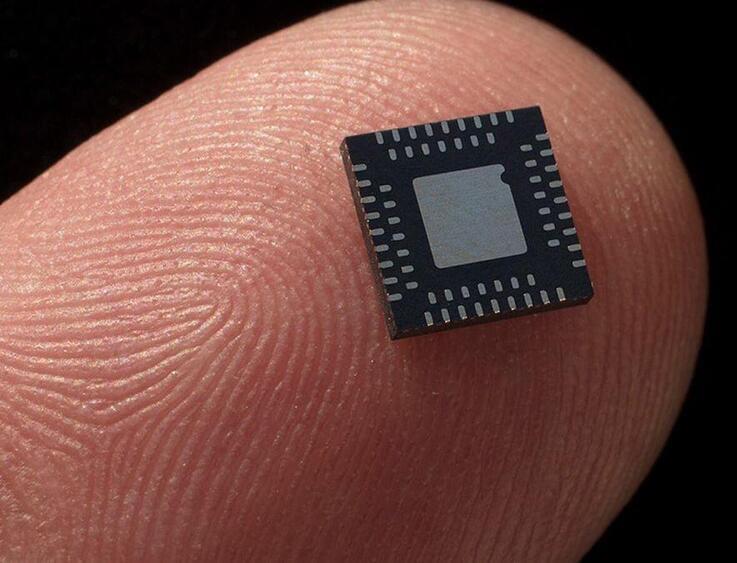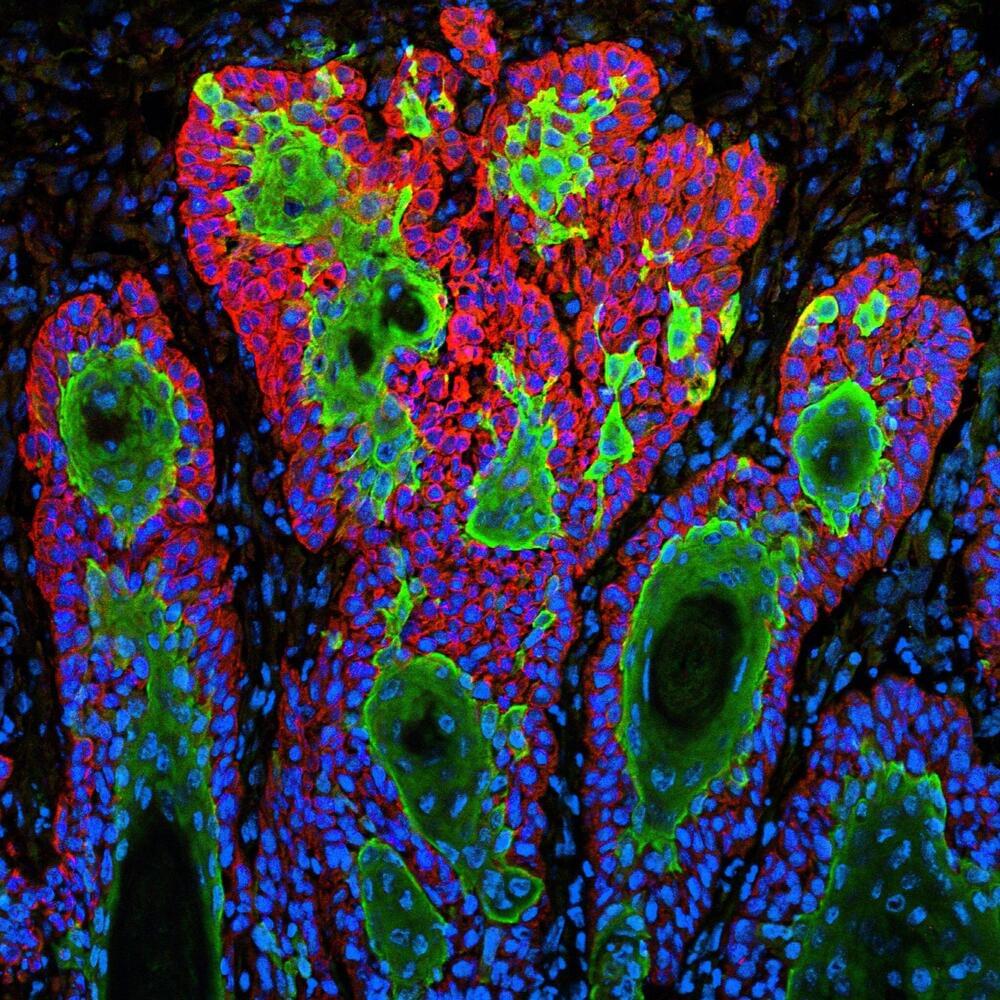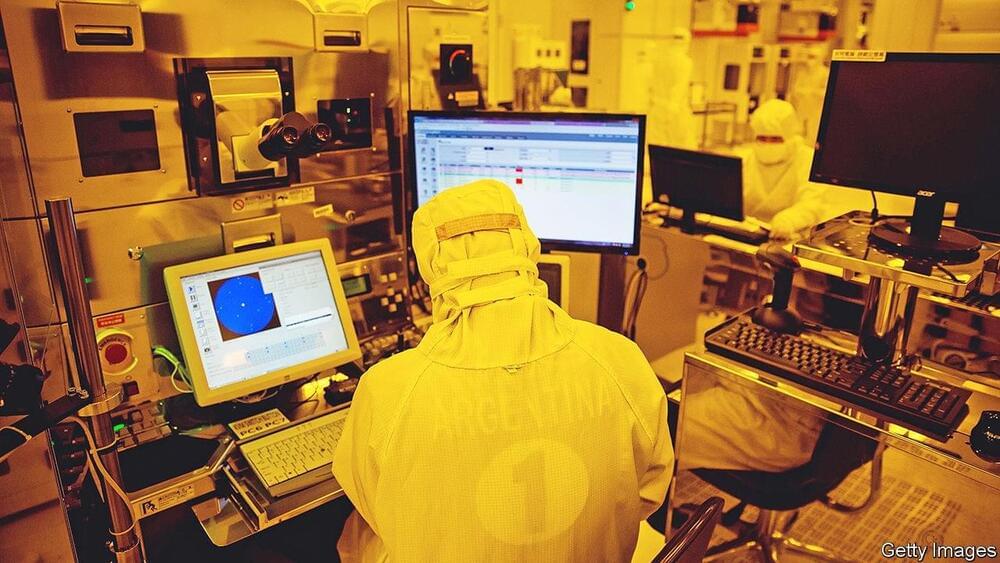No more Taiwan-made CPUs, microcontrollers for Russia and Belarus.
Taiwanese government effectively bans all high-tech exports to Russia and Belarus.


China has to have the capability to identify and destroy SpaceX’s Starlink satellites, according to Chinese military experts in a report released in April. The research, headed by Ren Yuanzhen of the Beijing Institute of Tracking and Telecommunications, was published in the Chinese peer-reviewed journal Modern Defence Technology. The publication inexplicably disappeared from the online version of The South China Morning Post after The South China Morning Post reported on its contents.
David Cowhig, a former US ambassador, was able to complete the translation of the document before it vanished, which allowed him to uncover a number of preventative steps that were suggested to be taken against Starlink. According to the study, China has to “use a mix of soft and hard kill measures to disrupt the operating system of the constellation and deactivate part of the Starlink satellites.”

We might be consumed with CPU news with AMD’s upcoming Zen 4-based Ryzen 7,000 series CPUs, teasing a 16-core engineering sample at 5.5GHz+ but now we’re back to GPU rumors again with NVIDIA reportedly launching the higher-end GeForce RTX 4,090 first.
According to the latest from leaker “kopite7kimi”, NVIDIA will reportedly launch the GeForce RTX 4,090 first, then the GeForce RTX 4,080 and GeForce RTX 4,070 after. This would break tradition, as NVIDIA normally launches the x080 and x070 series GPUs first, followed by the x090 series GPU… but the RTX 4,090 launching first makes sense.

Just as it’s hard to understand a conversation without knowing its context, it can be difficult for biologists to grasp the significance of gene expression without knowing a cell’s environment. To solve that problem, researchers at Princeton Engineering have developed a method to elucidate a cell’s surroundings so that biologists can make more meaning of gene expression information.
The researchers, led by Professor of Computer Science Ben Raphael, hope the new system will open the door to identifying rare cell types and choosing cancer treatment options with new precision. Raphael is the senior author of a paper describing the method published May 16 in Nature Methods.
The basic technique of linking gene expression with a cell’s environment, called spatial transcriptomics (ST), has been around for several years. Scientists break down tissue samples onto a microscale grid and link each spot on the grid with information about gene expression. The problem is that current computational tools can only analyze spatial patterns of gene expression in two dimensions. Experiments that use multiple slices from a single tissue sample—such as a region of a brain, heart or tumor—are difficult to synthesize into a complete picture of the cell types in the tissue.

Jesper AndersonNo. Nobody can “leave their body”. There is no evidence what so ever that this is possible.
What can be done is, copy many of your attributes and create a copy which behaves very much like you. But that’s simply an advanced method of writing a book. I… See more.
Craig Everett JonesAlthough neurons are much like transistors, our emotions are not just ones and zeroes. We feel things in our gut. I think singularity fans are grossly underestimating the dependencies between human consciousness and organic physiology. And, your b… See more.
View 7 more comments.
Len Rosen shared a link.
With COVID are we at the beginning of the end or the end of the beginning? https://jamanetwork.com/journals/jama/fullarticle/2793011?gu…erm=052722

Today we’re going to shine some light on Lumen, the fully dynamic global illumination and reflections system featured in Unreal Engine 5.
Our latest tech blog… See more.
Hi, we’re Daniel and Krzysztof, engineers working on Lumen is Unreal Engine 5’s fully dynamic global illumination and reflections system, which is enabled out of the box. It is designed for next-generation consoles and high-end visualizations beyond games like architectural visualization. Here, we’ll walk through Lumen’s features and give an overview of the technical details. For a complete reference, see the Lumen documentation.
When light leaves a light source, it illuminates all of the surfaces visible from that light source; this is known as direct lighting in computer graphics. In real life, it doesn’t stop there though, it bounces off the surface, picking up the color of the surface as it goes. Light that bounces off of a rough surface in all directions is called diffuse indirect lighting or global illumination. Light that bounces specularly off a smooth surface is called a reflection. Eventually the light reaches your eye, or a camera, and forms an image.
In the past, global illumination, for most games, had to be solved in an offline process called lightmap baking, because it was too computationally expensive to be calculated in real time. In Unreal Engine, lightmaps are baked through CPU Lightmass or GPU Lightmass. Static lighting from lightmaps can provide very high quality, but requires long build times, and greatly constrains the game environment. Any action which changes the indirect lighting in a significant way, like moving a wall-mounted television, will leave lighting in an incorrect state.

Incredible and somewhat frightening visions of the future will become a reality in the coming decades. According to futurologists, people of the future will gain immortality and will live in the body of a machine. Dr. Ian Pearson predicts that a person will be able to transfer his mind into a computer and one day he will go to a funeral where his previous biological body will be buried. Like anomalien.com on Facebook To stay in touch & get our latest news Cyborgization has some good sides. Let us take into account that we will be able to exchange each of…

In the early 2000s, scientists from the Human Genome Project announced a breakthrough: they had sequenced the complete human reference genome, including all three billion DNA letter, a scientific undertaking likened at the time to landing astronauts on the Moon.
While the reference genome has come under question as of late, with scientists adding more than two million additional variants, it still doesn’t take a whole lot of space to store the entire sequence on a traditional computer.
And now, Tesla and SpaceX CEO Elon Musk is once again weighing in on an issue outside his expertise, arguing that one could “fit the DNA sequences of all humans alive today in a fairly small data storage system” — a vaguely terrifying thought coming from the richest man in the world, as if he didn’t already have enough fires to put out and problems to solve.
Stuart Firestein Science is a fundamentally optimistic enterprise. More than a cheery disposition, it is the source of a philosophical outlook that we might call ‘optimistical’. It reliably produces fundamental and actionable knowledge about the world. We are able to take for granted, in a way even our recent ancestors never imagined, the idea of progress. The engines behind science, surprisingly, are ignorance, the unknown, failure, and, perhaps most vexingly, uncertainty. In recent decades, science has undergone a change in perspective and practice — from viewing the universe like a clockwork regimented by laws and formulas to recognizing it as irreducibly complex and uncertain. Perhaps counter intuitively this has freed science to exploit previously unimaginable possibilities and opportunities. It has led to a deeper understanding of the nature of things and to the production of technologies such as lasers, microchips, the internet, genetics, and many more. And yet socially and societally we remain mired in a 19th century view of deterministic science. We might instead learn to revel in the adventure of navigable uncertainty and take advantage of the creative opportunities of a world where we can confidently say ‘it could be otherwise’. Possibility of this sort is the rarest and purest form of optimism. Stuart Firestein is a neuroscientist and the former Chair of Columbia University’s Department of Biological Sciences, where he researches the vertebrate olfactory system. He is also a member of SFI’s Fractal Faculty.